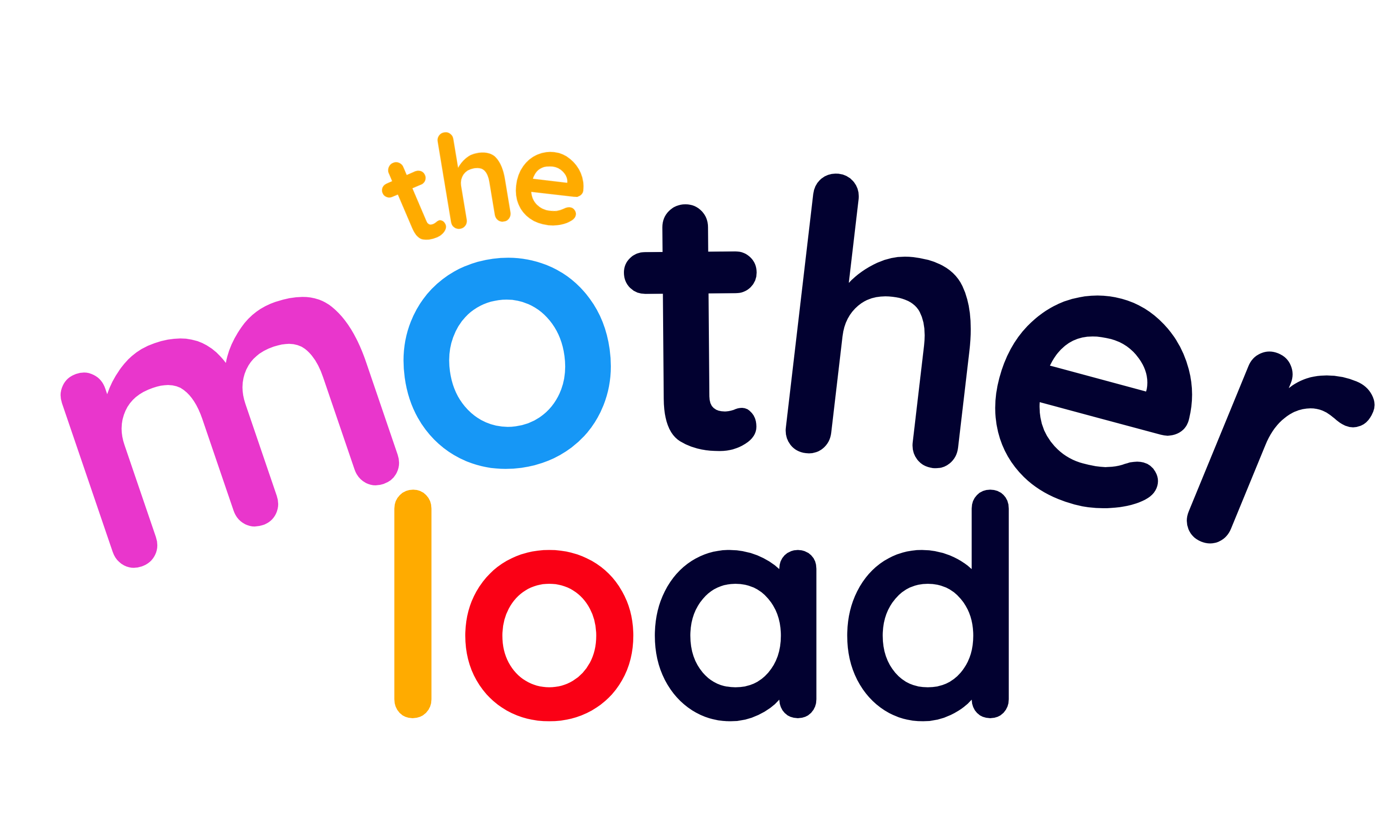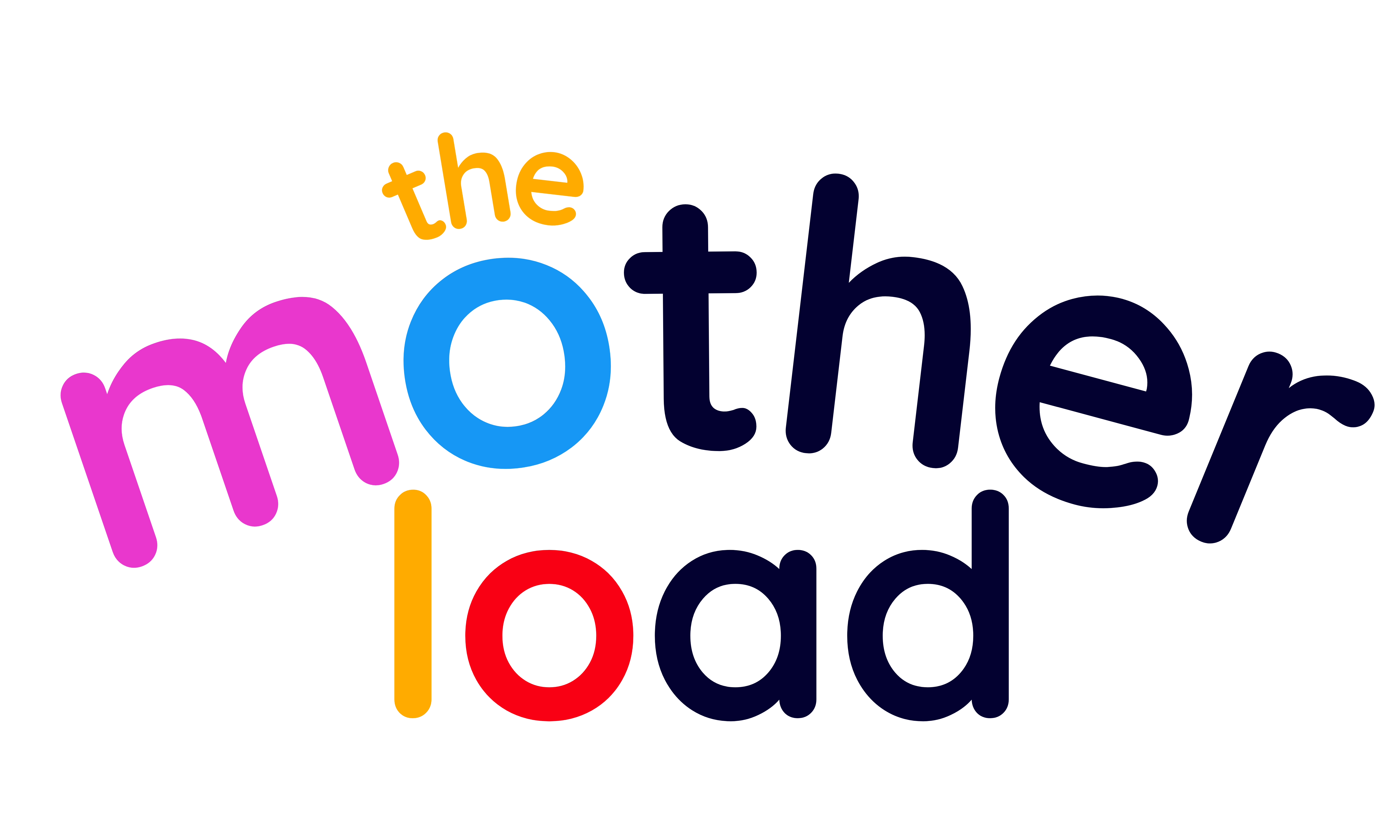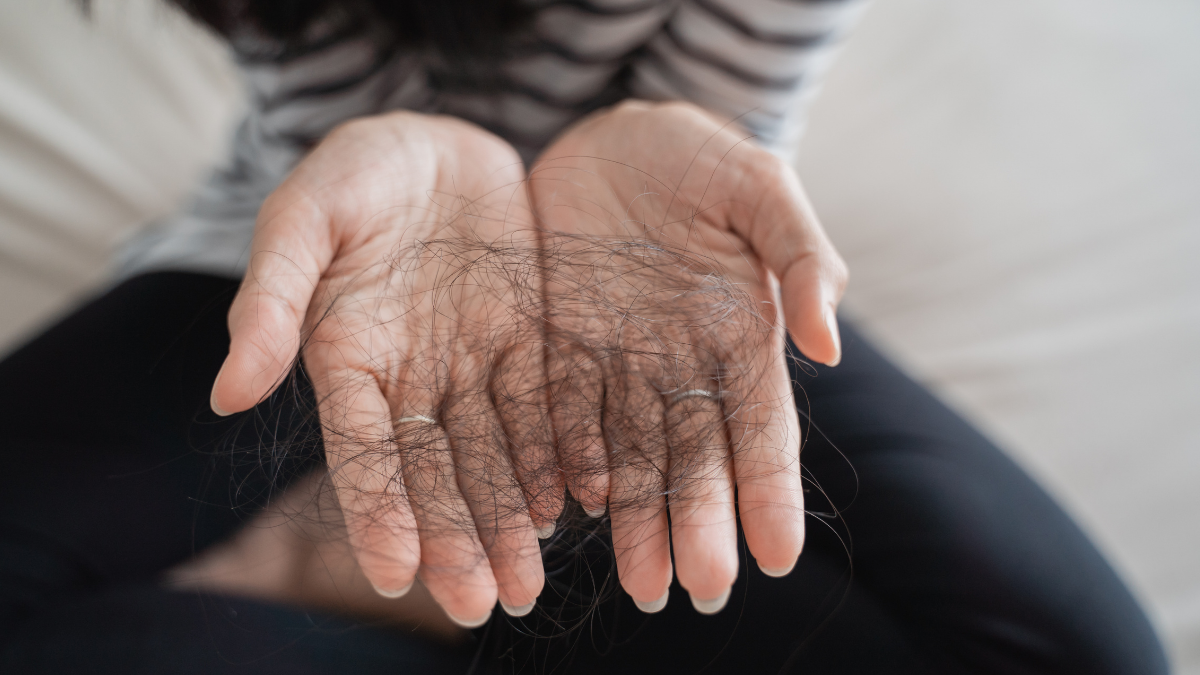Hair Loss in Women: Causes and Treatments
Research by Trichologist Philip Kingsley indicates that about eight million UK women have some form of hair loss. Furthermore, one out of every eight women with alopecia were under the age of thirty-five. Hair loss among women is a sensitive issue considering that hair is a prominent feature in female beauty routines. What are the causes, and can this condition be treated? Below are three key causes and possible treatments to yield some results among women with this condition.
- Heredity
A family history of hair loss or alopecia is one of the commonest causes known to the medical world. This is primarily because individual families share genetic information that’s peculiar to that group only. Therefore, as long as there’s a familial connection by blood, chances are these genes run through generations. Alopecia caused by heredity is usually evident as you age. However, it starts gradually and usually in a predictable pattern.
It begins as a receding hairline for some women, whereas, for others, the condition starts as bald spots on top of the head. The latter is common among men but can manifest in women’s crowns too. Additionally, while a man’s balding spot appears round, it’s typically an unusual widening in the area when the hair is parted for women. In circumstances such as this, some hair follicle stimulating oils are recommended. For example, Organic Lavender Essential Oil and Cedarwood hair lubricants are excellent treatment options. Although it may not work for all persons, many women have attested to their efficacy.
- Menopause
The two main hormones responsible for menopause are estrogen and progesterone. These two reduce drastically in the aging female’s body, thereby increasing male hormones (androgens). The latter’s rising levels explain why most menopausal women begin to grow hairs in body parts that never had hair. Unfortunately, it’s the reverse for the hair on the head, as during menopause, it begins to thin out due to an increasing shrinkage in hair follicles. Furthermore, hair growth slows down tremendously, and as the scalp loses its elasticity, hair falls out easily.
As a treatment option, the hair transplant clinic is quickly becoming a solution for women seeking more permanent alternatives. This procedure involves taking small hair follicles from areas of the head where the hair is still full. These are then transferred to slits the expert makes in the balding area. As with risks associated with surgery, there are chances of infection setting in the areas transplanted. There’s also a possibility of shock loss – this is when the transplanted hairs fail to hold within the new areas.
- Hypothyroidism
This condition arises when the thyroid gland is underactive. In other words, this gland fails to produce enough crucial hormones necessary for the body to function normally. Notable symptoms of hypothyroidism are:
- Extreme sensitivity to cold
- Unexplained weight gain
- Hair loss
With this type of hair loss, the underlying condition (hypothyroidism) needs to be treated first as the hair can’t grow back without it.
Several reasons account for hair loss among women. Other types can be a result of some medications, chemotherapy, or even childbirth. Therefore, knowing what you can do when battling this condition is the first step to resolving it. Remember that hair loss can be either reversed or not, depending on the treatment options you choose.



No comments yet. Be the first one to leave a thought.